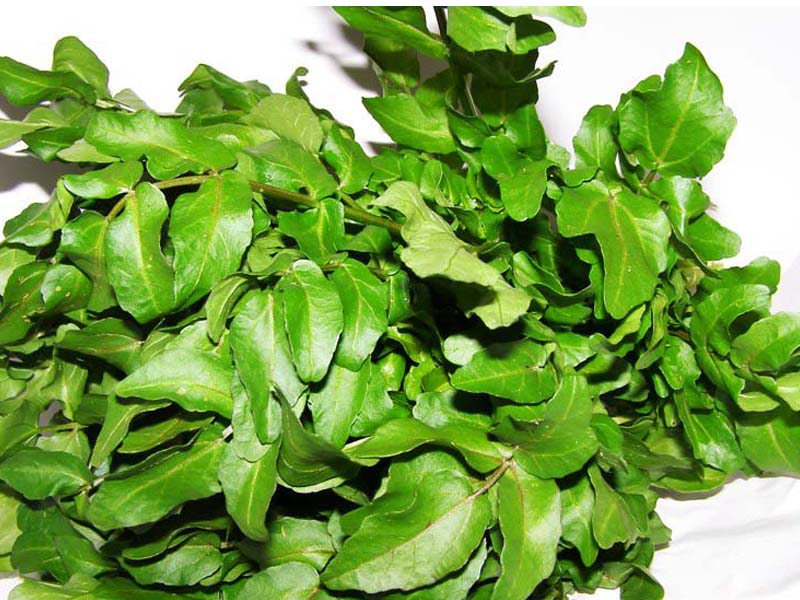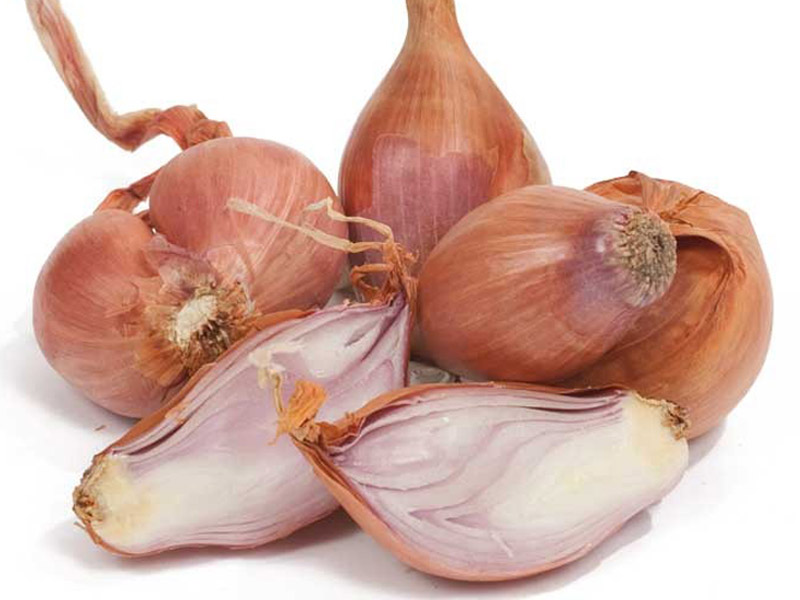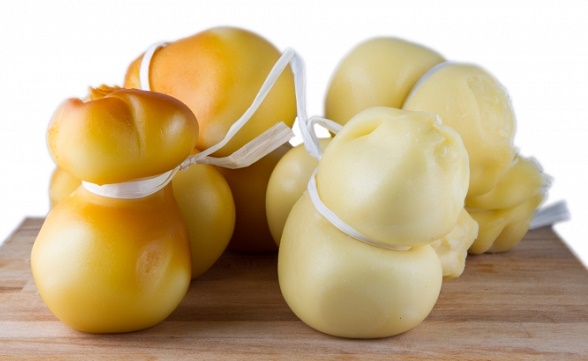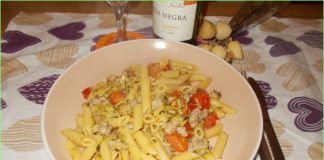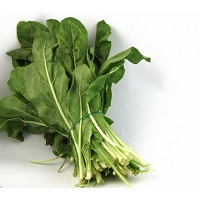
Generality
The chard, in Italian also called Bieta instead of Bietola, is a food of plant origin, belonging to the group of vegetables and greens. The edible part of this plant, is constituted by the leaves and also from the stems. If we talk of chard from the botanical point of view, this is a herbaceous plant that belongs to the family of Chenopodiaceae family.
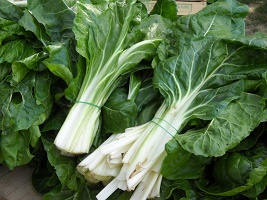
To summarize briefly, the chard, is a variety of the beet, also called Cicla, and you can identify with the binomial nomenclature “Beta Vulgaris Cicla”. Chard, as we said at the begin, is a vegetable plant, with annual or biannual cycle, and its consumption in the kitchen regards the leaves, but without remove the root portion.
Throughout the whole life cycle of this food, as domestic cultivation, chard can be exploited for a number of times equal to the capacity of production of the same leaves, then it is a particularly profitable vegetable. On the commercial level, it can be found as well as in the form of individual bunches of fresh leaves, also for that of large steam, which provides for the replacement of the whole plant.
The chard has aesthetically very broad leaves and long, glossy, dark green. The color of the stems varies from white to yellowish, sometimes even reddish. The most widespread types in Italy are those with white stem, but based on regional cultures, are also in trade chard with color differentiation.
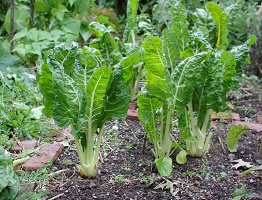
Chard is native to the Old continent, especially in Spain, France and the eastern Adriatic coast of Italy, until arriving in Greece and beyond. This leaves us to infer, that the plant chard prefers a climate with wide temperature range temperature, high humidity, but never particularly torrid and rigid. To conclude this introduction on chard, we can say that its cultivation is in many points of the globe, including America and Asia in the areas where the climate is temperate, and also in Africa.
Nutritional values
The chard is a food with low-calorie and those present come from the simple carbohydrates like fructose, while lipids and proteins, are very deficient. As for the fibers, its content is quite satisfactory. The vitamins, especially vitamin A and one C, have a prominent place in the chard, and there are also small amounts of B vitamins, and minerals are mainly iron and potassium.
By using the method of cooking in hot water, chard loses most of its nutrients, and degradation or dispersion depletes the food of many qualities and vitamins.
Being a poor sodium vegetable, but rather rich in potassium, chard is suitable for daily consumption against high blood pressure.
Thanks also to the content of dietary fiber, chard helps to lower the glycemic index of the meal, and also to adjust the lipid absorption, thus promoting the feeling of satiety.
Chard, therefore, is a food ally against iper-lipaemia, the diabetes of the second type, and even with overweight problems.
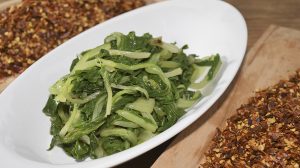
Chard in the kitchen
The chard has a sweet taste, although some times, it can have some hints of earth, also variable according to the type of soil that is used for its production. This vegetable, often is used in cooking, by boiling the leaves and also the stems, in the case in which you want to savor as a side dish.
Even the steam cooking is great, for the simple reason that not being in contact with the water, the vegetable retains all its taste and nutritional properties.
To cook properly the sticks of chard, the one that is aesthetically a very fleshy stem and wide, we recommend separating the parts more thick, because it requires more cooking time, from the subtle, ie leaves, to be added in cooking at a later time, to avoid in this way, that the soft part, fall apart during the process. The cooking water can be more or less salty, although we suggest to add very little salt, and enrich instead the taste with lemon juice or white wine or vinegar.
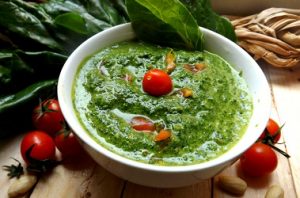
Once drained, before consumption would be more appropriate, let it dry. Just cooked, chard is excellent to enjoy natural, with extra virgin olive oil and lemon, or for those who like it, you can pass it in a pan with oil, salt, pepper and garlic. The combination of chard with boiled potatoes is a different way to enjoy this vegetable with contrasting flavors together. The chard, is an ingredient used very much for the realization of first dishes, such as stews, soups, and also sauces for pasta.
As we mentioned above, cooking in boiling water, it implies the loss of the nutritional properties of this vegetable, but you can use the water that remains, if insipid as excellent fertilizer for vegetables and ornamental plant.

